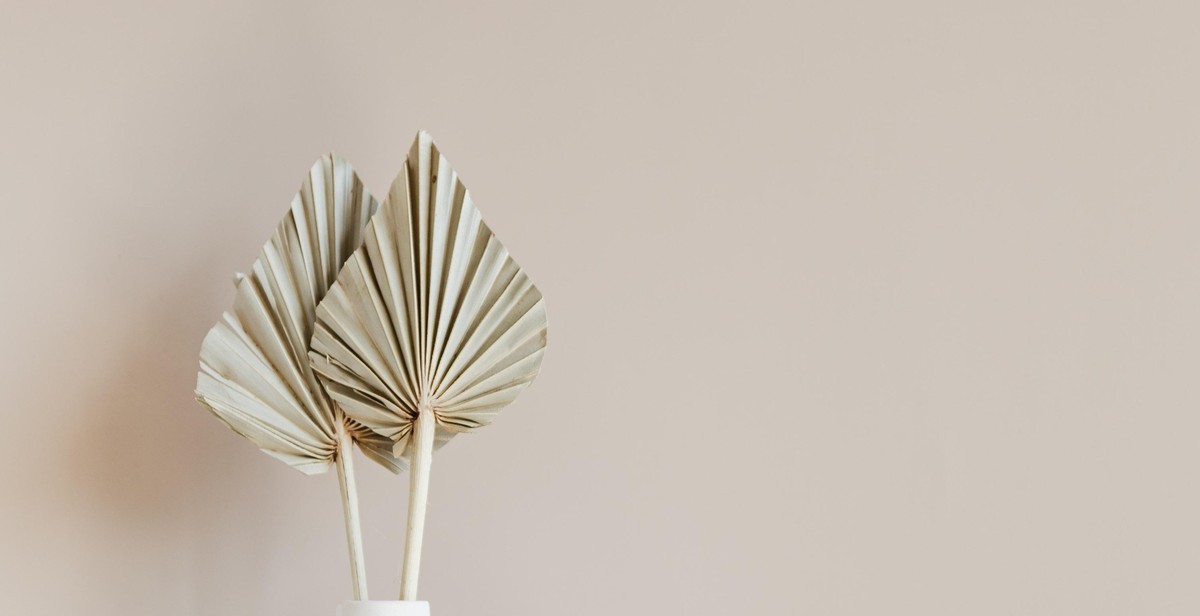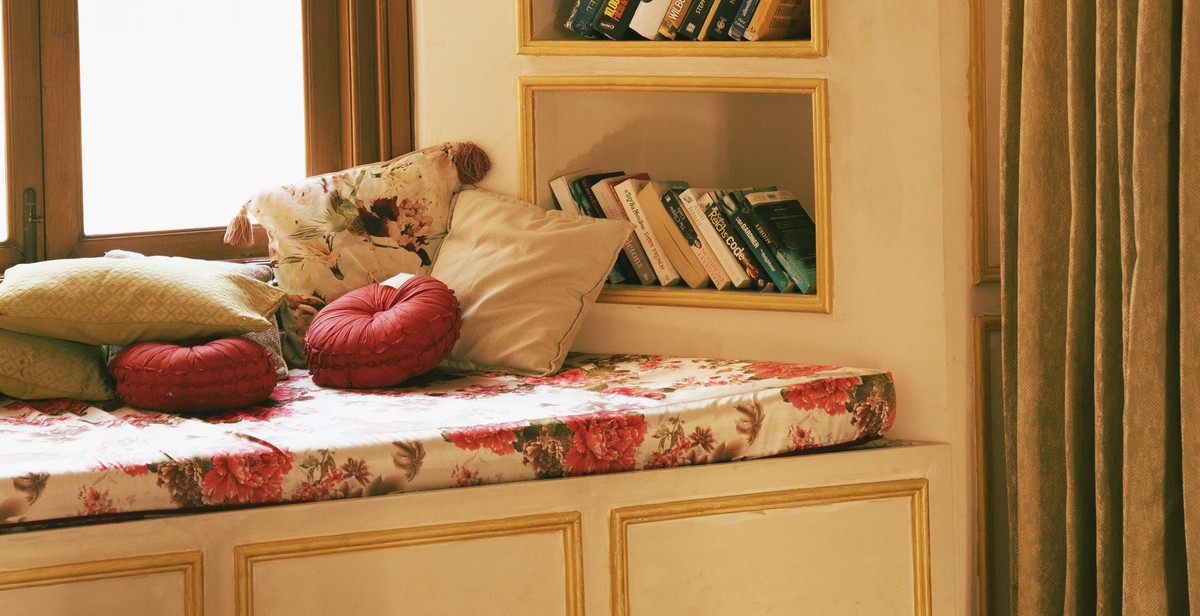How to Build a DIY Vertical Bookshelf
Books are a great way to expand your knowledge and imagination, but they can also take up a lot of space in your home. If you’re an avid reader, you might find yourself running out of room on your bookshelves. That’s where a DIY vertical bookshelf comes in handy.
Vertical bookshelves are a great way to save space and organize your books. They can be customized to fit any room and can even be used as a decorative element in your home. Building a DIY vertical bookshelf is a fun and rewarding project that can be completed in a weekend.
Why Build a DIY Vertical Bookshelf?
There are many reasons why you might want to build a DIY vertical bookshelf. Here are just a few:
- Save space: Vertical bookshelves take up less floor space than traditional bookshelves, making them ideal for small rooms or apartments.
- Organize your books: With a vertical bookshelf, you can easily organize your books by genre, author, or even color.
- Add a decorative element: A DIY vertical bookshelf can be customized to fit your home’s decor and can even be used as a focal point in a room.
- Save money: Building a DIY vertical bookshelf is much cheaper than buying one from a store.
Overall, a DIY vertical bookshelf is a great way to save space, organize your books, and add a decorative element to your home. Plus, it’s a fun and rewarding project that you can complete on your own.

Materials Needed
Building a DIY vertical bookshelf requires a few essential materials that are easily accessible. Here are the materials you will need:
| Material | Quantity |
|---|---|
| Wooden boards | 4 |
| Screws and nails | Assorted |
| Drill | 1 |
| Saw | 1 |
| Measuring tape | 1 |
Wooden Boards
The wooden boards are the main material needed for building a DIY vertical bookshelf. You will need four boards of equal length and width. The size of the boards will depend on the size of the bookshelf you want to build. It is important to choose high-quality wooden boards to ensure the durability and stability of the bookshelf.
Screws and Nails
You will need assorted screws and nails to hold the wooden boards together. The size of the screws and nails will depend on the thickness of the wooden boards. It is recommended to use screws instead of nails for a stronger and more secure hold.
Drill
A drill is an essential tool for building a DIY vertical bookshelf. It will be used to make holes in the wooden boards for the screws. Make sure to choose a drill that is suitable for the size of the screws and has enough power to drill through the wooden boards.
Saw
A saw is needed to cut the wooden boards to the desired length. It is important to choose a saw that is suitable for the thickness of the wooden boards and has a sharp blade for clean cuts.
Measuring Tape
A measuring tape is needed to measure the length and width of the wooden boards accurately. It is important to measure the boards precisely to ensure that they are cut to the correct size and fit together perfectly.

Step-by-Step Instructions for Building a DIY Vertical Bookshelf
Step 1: Cut Wooden Boards
The first step in building a DIY vertical bookshelf is to cut the wooden boards to the desired size. You will need to measure the height and width of the bookshelf and cut the boards accordingly. Use a saw to cut the boards to the correct size.
Step 2: Sand the Boards
After cutting the boards, you will need to sand them to remove any rough edges or splinters. Use sandpaper to sand the boards until they are smooth to the touch. Sanding the boards will also help the paint or stain to adhere better.
Step 3: Assemble the Shelves
Once the boards are cut and sanded, you can begin assembling the shelves. Start by laying out the boards on a flat surface in the order you want them to be in the bookshelf. Then, use wood glue and clamps to attach the boards together. Allow the glue to dry completely before moving on to the next step.
Step 4: Attach the Shelves to the Wall
Finally, it’s time to attach the shelves to the wall. Use a level to ensure that the shelves are straight and then mark where you want to attach them. Use a drill to make holes in the wall and then insert wall anchors. Once the anchors are in place, use screws to attach the shelves to the wall. Make sure the shelves are securely attached before placing any books or other items on them.
Conclusion
By following these step-by-step instructions, you can easily build your own DIY vertical bookshelf. This project is a great way to add some unique and functional storage to your home, and it can be customized to fit your specific style and needs. With a little time and effort, you’ll have a beautiful and functional bookshelf that you can be proud of.

Tips and Tricks for Building a DIY Vertical Bookshelf
Choose the Right Size
Before you begin building your vertical bookshelf, it’s important to determine the size that will work best for your space. Consider the height and width of the room where you plan to place the bookshelf, as well as the size of the books or other items you plan to store on it. Take precise measurements to ensure that your bookshelf fits perfectly in the space you have chosen.
Paint or Stain the Shelves
Once you have chosen the size of your bookshelf, it’s time to decide on the finish. You can either paint or stain the shelves to match your decor. If you choose to paint, be sure to use a high-quality paint that will stand up to wear and tear. If you prefer a natural wood look, stain the shelves with a color that complements the other wood tones in your home. Be sure to apply a clear coat to protect the shelves and keep them looking great for years to come.
Add Decorative Touches
One of the best things about building your own bookshelf is the ability to add decorative touches that reflect your personal style. Consider adding trim or molding to the edges of the shelves for a more polished look. You could also add decorative brackets or hardware to the sides of the bookshelf for added visual interest. If you’re feeling creative, paint or stencil a design onto the shelves to add a pop of color and personality to your space.
- Choose the right size for your space and the items you plan to store.
- Paint or stain the shelves to match your decor and protect them from wear and tear.
- Add decorative touches to make your bookshelf unique and reflective of your personal style.
| Pros | Cons |
|---|---|
| Building your own bookshelf allows you to customize the size and design to fit your specific needs and style. | Building a bookshelf from scratch can be time-consuming and requires some woodworking skills. |
| You can choose the finish that best complements your decor. | If you’re not experienced with woodworking, it may be difficult to achieve a professional-looking finish. |
| Adding decorative touches allows you to make your bookshelf unique and reflective of your personal style. | If you make a mistake during the building process, it may be difficult to correct without starting over. |

Conclusion
Building your own DIY vertical bookshelf is a fun project that can add a unique touch to your home decor. Not only does it provide a functional storage solution, but it can also be a great conversation starter when guests come over.
When building your bookshelf, it’s important to take your time and follow the instructions carefully. Make sure to measure and cut your materials accurately to ensure a sturdy and stable structure. Additionally, using high-quality materials can help ensure that your bookshelf lasts for years to come.
One of the great things about building your own bookshelf is that you can customize it to fit your specific needs and preferences. You can choose the size, shape, and color that best suits your space and style. You can also experiment with different materials and finishes to create a truly unique piece.
Overall, building a DIY vertical bookshelf is a rewarding project that can help you save money while also adding a personal touch to your home decor. Whether you’re an experienced DIYer or just starting out, this project is a great way to hone your skills and create something beautiful and functional.
